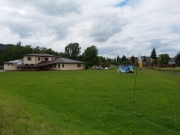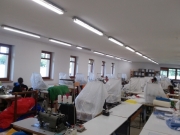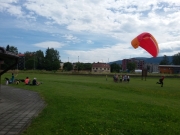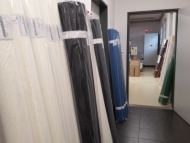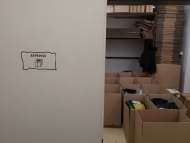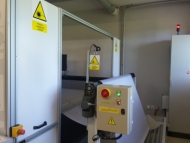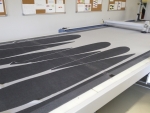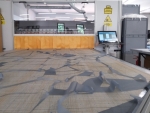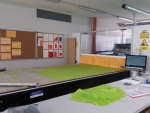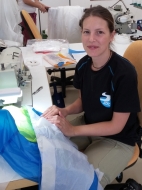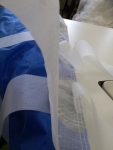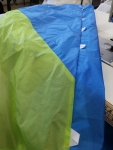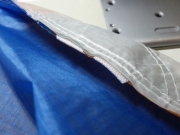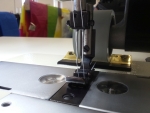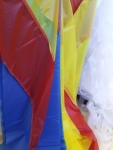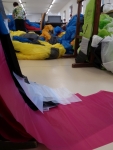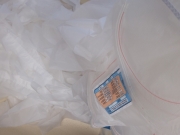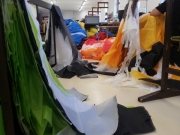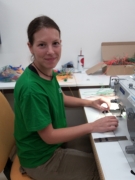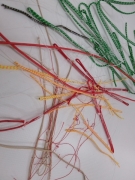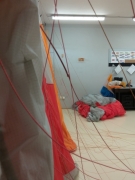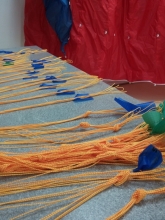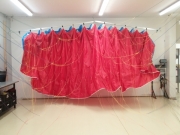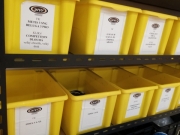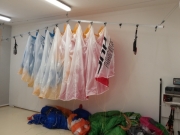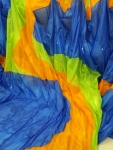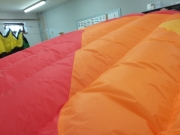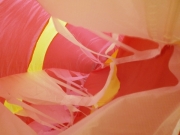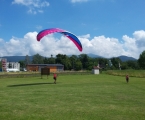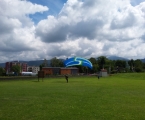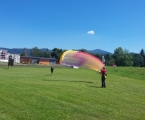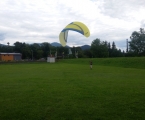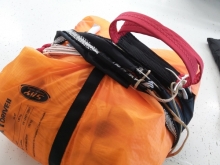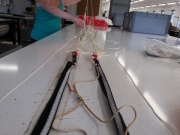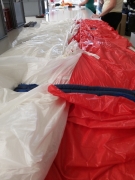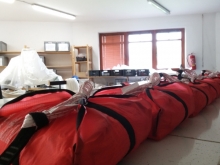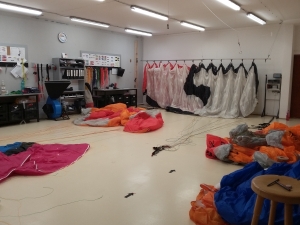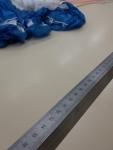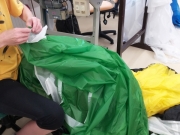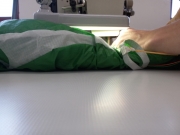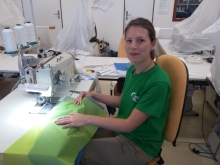Posts Tagged ‘suspension lines check’
Katerina from the Olympic Wings team training at Sky Paragliders in glider check repair and reserve repack!
Katerina member of the Olympic Wings team training with Sky Paragliders!
Paragliding equipment, glider service check and intermediate repair. Rescue parachute repack.
Invaluable practical experience and knowledge earned by spending five weeks in the production circle at the main Sky Paragliders glider and reserve factory unit in Frydlant, Czech Republic.
An amazing educational source of collective knowledge on the material applications, technical infrastructure and necessary cautions!
Cloths entering the facility in bulks of wrapped colored cylinders and exiting as trustworthy aerial tools in boxes ready to meet their pilots.
Laser cutting machines meet the precision required by design and cut the fabrics into numbered pieces of various geometrical shapes. Porcher Sport skytex and Domenico dokdo shiny coated “nylon” fabrics of almost all grades and shades form the top and bottom of the glider, paper-resembling white hard skytex fabric forms the ribs and diagonals fitted in the internal. Textile ribbon loops, border bands and harder Mylar parts or plastic wire spans to complete and enhance the resistance and functionality of each design.
A seamstress frustration and illumination as it all comes together…
Either in the process of sewing the glider or repairing it by replacing parts of the material that is damaged one will notice the ease with which these women dominate the gliders more than any pilot ever can. Turning a glider inside out within minutes literally to 100% PES threads, fitting pieces of material with curves and corners finally mastering the perfect dimensional shape of any glider with art.
Cutting of the suspension lines, found in many different types**, both by a cutting machine and a manual mechanical cutter or hot-iron. Stitching of each line to the points of specification, threading to the canopy with care and webbing the lines by order. Puzzling together the big ears system, the speed system and trim system with loops and patents. Performing technical control of the now complete glider, risers – lines – canopy. Measuring and adjusting the lines to meet the accurate technical data specifications.
Last step of producing a glider is the first ground inflation to combine the final practical test and visual check.
The mecca of rescue parachutes production where some of the greatest paragliding companies trust the making of their reserves.
Sewing machines beating endlessly, going through infinite square meters of red and white nylon fabric that is methodical packed into colorful bundles of safety, registered and shipped out in boxes.
A reliable service operation for used paragliders. The control staff has seen more than 20 different kinds of grasshoppers found inside gliders and smelled the sea from over 50 different beaches in Europe. The numbers are imaginary but can very well be close to the truth.
A different approach is taken while checking, tuning and reforming a used paraglider.
Porosity check, indoor inflation blowing machine, ripstop skytex sticker tape, meters of lines and eyes wide open.
An intriguing way to follow the expected and least expected faults, mishaps, natural wear and tear of gliders and equipment used for paragliding and paramotor!
Can it be fixed? Should it be replaced?
Thank you to everyone at Sky for being helpful and forthcoming despite the pressure by time, customers and dealers for their beloved paragliding goods.
A matrix of information and the constant of the human factor has unraveled itself.
** Cousin Trestec, Liros, Eldelrid, Teijin are the most common brands/producers of paragliding suspension lines.
Spectran/Dyneema white polyethylene lines, sheeted multicolor or unsheeted typically in pink color.
Technora/Twaron/Kevlar brownish aramid lines, sheeted multicolor or unsheeted typically in brown yellow colors.
Vectran white polyester lines, typically in orange color.
Sheeted lines are covered with multicolored polyester braided fibers for protection of the core.
Fun fact – this extra sheet of material carries 10% of the lines endurance.
Unsheeted lines are typically protected against abrasion by a polyurethane chemical solution.



